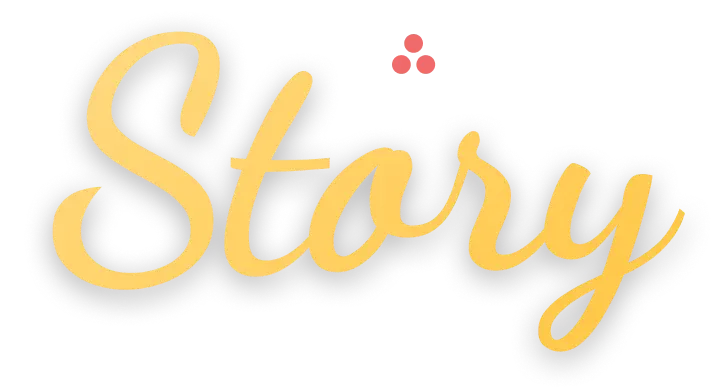01
Before Asana - Challenges
Runmageddon struggled with chaos in task and project management. The company primarily relied on tools like email and Excel, which caused problems in coordinating and monitoring project progress.
Lack of a coherent system and tactics to manage work, complicated task planning and management, especially in sponsorship activities, annual campaigns, and event-related communications.
Fragmented information across multiple communication channels not only slowed down work but also led to frequent misunderstandings within the team. As a consequence, many matters required additional clarification, causing delays and increasing the risk of errors.
Project management, especially in sponsor collaboration, was inefficient due to the absence of a central tool to track all activities.
Before Asana - Challenges
Multiple problems with planning activities and their monitoring lead to repeatable misunderstandings and delays.
02
Why Asana
Runmageddon found Asana’s clarity and intuitiveness very appealing, as well as features like Kanban boards, automated notifications, and the ability to assign task priorities.
Ensuring better team communication was critical – with features like comments and collaborator assignment, Asana facilitates quick information flow and reduces the need for frequent meetings.

Jakub Leduchowski
Marketing Director
03
After Asana - Transformation
Implementing Asana at Runmageddon literally REVOLUTIONIZED OUR WAY OF WORKING.
What was once a chaotic mix of emails and Excel spreadsheets transformed into an organized, transparent management system.
Kanban boards in Asana proved to be a real game-changer – each project stage became visible, and tasks that once got lost in a flood of emails are now literally within reach. Instead of constantly checking on tasks, everyone knows exactly where we stand. Additionally, for those who prefer a more traditional style, the list view is available – intuitive and straightforward.
But it’s not just about visualization. Task prioritization and finally setting up milestones in a digital environment have helped us streamline work on the most critical tasks. In the past, important projects often got lost amid daily duties. Now, everyone knows what requires the most attention, and project work is incomparably smoother.
Automation in Asana is another element that completely transformed our daily routine. Thanks to automated notifications, we no longer have to manually remind each other of upcoming deadlines. Asana does it for us, allowing us to focus on what truly matters. Tasks get done faster, and schedules are far more realistic. What used to be a nightmare – constantly tracking emails and reminders – now works almost automatically.
This has also had a huge impact on team communication. The ability to comment on tasks in real time means we no longer have to waste time sending additional messages. Information is always available where we need it. Moreover, each task has a clearly assigned responsible person – which eliminates chaos and misunderstandings.
Sections, tags, and the “My Tasks” function help us maintain full control over each project. Daily management has become much easier, and every team member has a complete picture of what’s happening and what needs to be done. Even with multiple projects, no one feels like anything is slipping through the cracks – Asana effectively fills every gap in management.
Finally – goals. With goal-setting and progress-tracking features, we can measure our results in real-time. This gives us confidence that we’re heading in the right direction and allows us to adjust our strategy on the go. Each team member can see how their work contributes to the company’s overall success, which not only motivates but also fosters a sense of shared mission.
What Metrics Changed After Implementing Asana?
- Reduced management chaos: All tasks are now clearly organized and accessible in one place, significantly simplifying planning and tracking.
- Better deadline and progress tracking: Automated reminders help the team avoid delays.
- Predictable communication and smooth collaboration: Using comments, task assignments, and tagging the way it was agreed, has significantly improved information flow.
Comment from Remote Sensei
Runmageddon has effectively leveraged Asana’s capabilities to build a cohesive project management system in the events industry. Establishing clear usage guidelines and regularly updating progress was crucial. This ensures that everyone on the team knows their responsibilities, which greatly reduces misunderstandings and improves efficiency.






